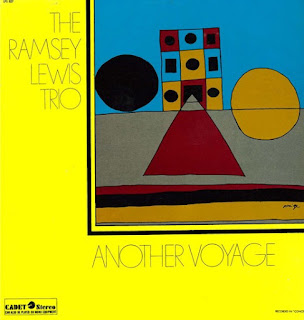The summer is
beginning to shape up nicely, as I sit here writing this on a gorgeous and
archetypal June afternoon in the Pacific NW.
I decided it was finally time for me to address my obsession with all
things related to the Chess/Cadet label, and it seemed to me that there was no
more appropriate time in which to do so than now, as I stand on the verge of a
return to Chicago, a city I have not seen since I was 13 years old but which
has always weighed on my mind as a place of wonder, excitement, power,
creativity. When I saw it as a child
just entering adolescence, it seemed so vast, so dense with possibility and
danger. This ignited fires in my young
mind that I never knew existed before, this idea of a CITY in which anything
and everything had potential, not the small-town city feel of my hometown in
Omaha but a big, endless, urban wilderness that stretched out before me like
some multi-faceted hydra constructed of steel, pavement and people. I saw what I could in the short time my
family was there—the Art Institute, the restaurants, the El trains, the
skyline—but we of course had not even scratched the surface.
Years later and
well into my ‘20’s, a similar felling of ignited fires took hold of me as I
slowly and inexorably was drawn into the sound of the Cadet label circa
’65-’75, a sweeping, majestic, inimitable sound that absorbed music of the past
while creating music of the future.
Jazz, funk, soul, blues, folk, rock, psychedelia…it was all there,
sometimes on the same song even. With
arrangers Charles Stepney and Richard Evans working behind the scenes to
establish this unique new sound, and with the warmth of Chicago’s Ter-Mar Studios
serving as the primary setting for much of what transpired, the framework was
created in which a whole new renaissance movement in the world of music would
come to the fore.
Now, however, this period in the Chicago scene has
become a mere footnote when it should be a novel unto itself (at least!), and
so I am one of many who are working to revise what history has either
overlooked and/or outright ignored. This
time out, loyal readers—CADET is what’s happening!!














